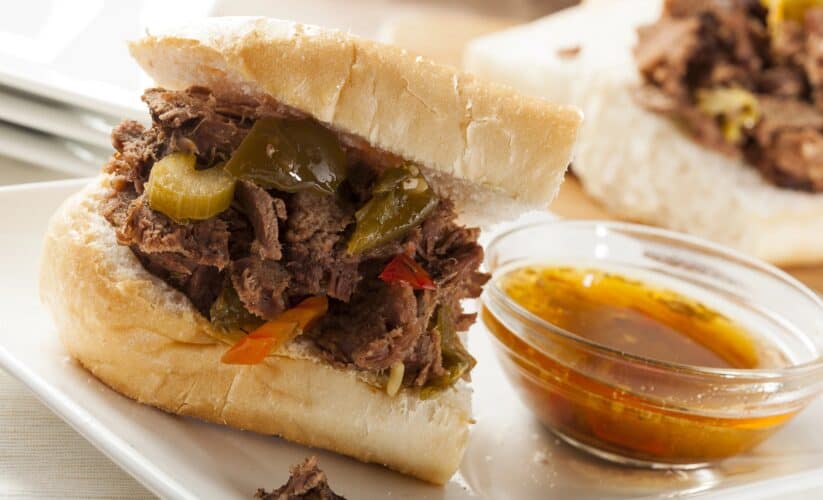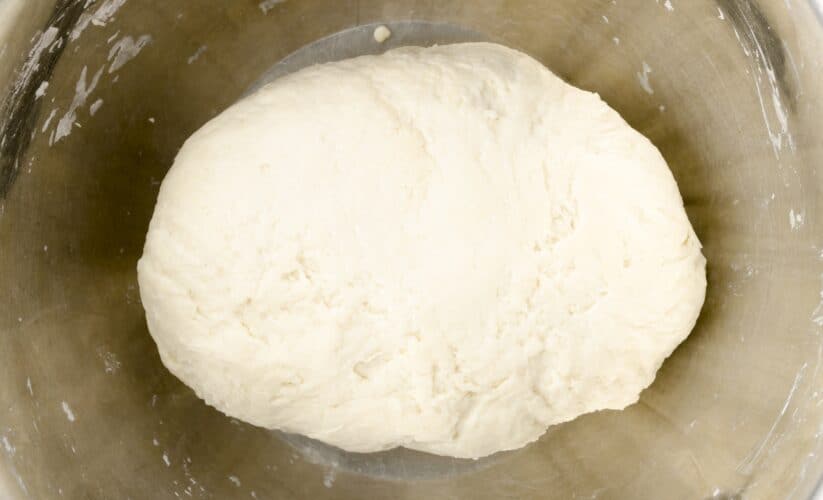
The Great Italian Beef Debate: Culinary Traditions Clash Over Authentic Preparation
The following table summarizes the key points of debate surrounding the Italian beef sandwich:
| Aspect | Options |
|---|---|
| Preparation | Dipped or Dry |
| Toppings | Traditional (peppers, giardiniera) or Non-traditional (cheese, onions) |
| Side Dish | French Fries, Onion Rings, or Coleslaw |
| Eating Method | Utensils or Hands |
The Italian beef sandwich stands as a cornerstone of Chicago’s culinary identity. This hearty meal consists of thinly sliced roast beef nestled in an Italian roll, often accompanied by au jus.
Despite its seemingly simple composition, the sandwich sparks heated discussions among locals and food enthusiasts alike.
The primary point of contention revolves around the sandwich’s preparation method.
Some prefer their sandwich “dipped,” which involves submerging the entire creation in au jus. This technique aims to infuse the bread and meat with maximum flavor.
Others opt for a “dry” version, where the au jus is served separately or lightly drizzled over the top. Proponents of this method argue it maintains the bread’s texture and allows for better control over the sandwich’s moisture level.
Toppings also play a significant role in the Italian beef debate.
Traditional choices include sweet or hot peppers, with giardiniera serving as a popular addition for those seeking extra heat and tang.
Some adventurous eaters experiment with non-traditional toppings like melted cheese or grilled onions, though purists may frown upon such departures from the classic recipe.
The choice of side dish further complicates the Italian beef experience.
While many consider french fries the natural companion to this sandwich, alternatives like onion rings or coleslaw have their supporters. Each option offers a distinct flavor profile and texture that can complement the sandwich in different ways.
Eating etiquette presents another area of disagreement.
Some insist on using utensils to navigate the often messy sandwich, while others advocate for a hands-on approach, embracing the potential for sauce-stained clothing as part of the authentic experience.





